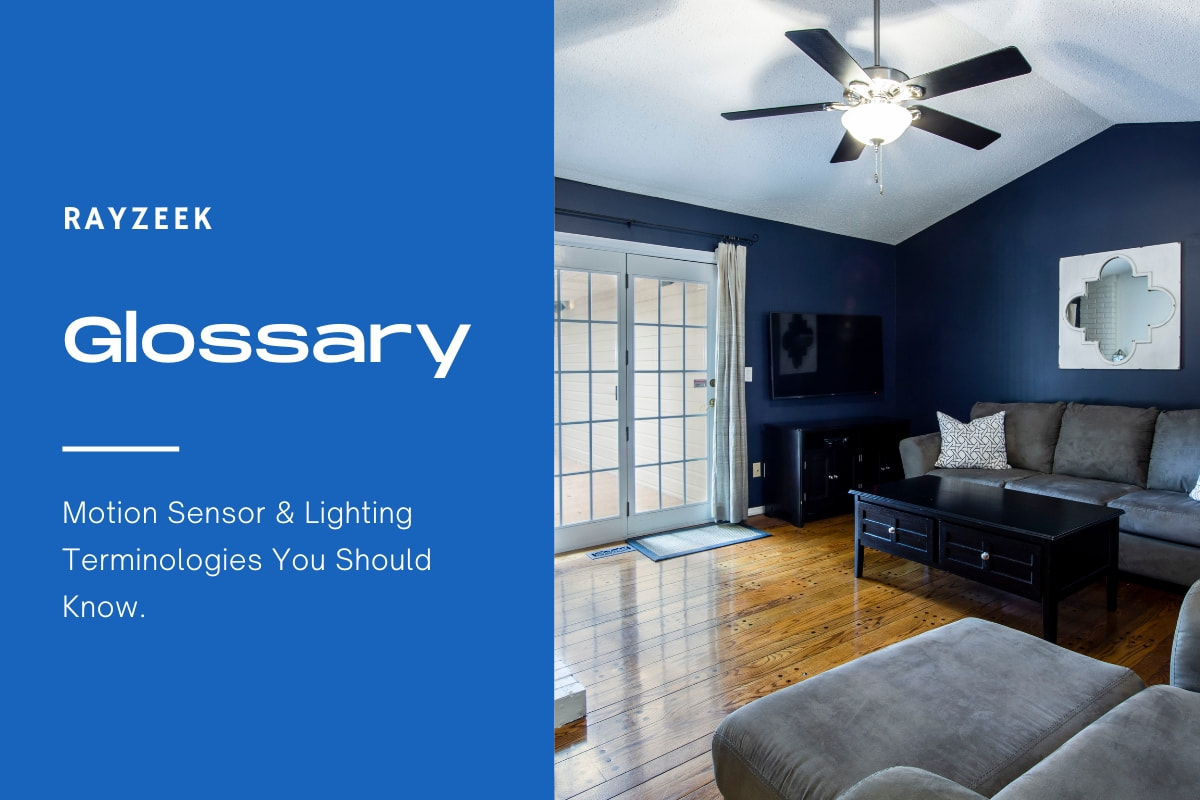What is Parallel Circuit
In a parallel circuit, the current divides into two or more paths before coming back together to complete the full circuit. This means that each device in the circuit is connected directly to the power source, creating its own separate path for the current to flow. Unlike a series circuit where the components are connected in a single loop, a parallel circuit allows for independent operation of each device.
Get Inspired by Rayzeek Motion Sensor Portfolios.
Doesn't find what you want? Don't worry. There are always alternate ways to solve your problems. Maybe one of our portfolios can help.
In a parallel circuit, the voltage across each component remains the same. This means that each component receives the full circuit voltage from the power source. For example, in a parallel circuit with multiple light bulbs, each bulb receives the same voltage, allowing them to glow at their intended brightness. Also, if one component fails or is removed from the circuit, it does not affect the operation of the other components connected in parallel. Each component has its own independent closed path to the power source, ensuring that the other components continue to function properly. This makes parallel circuits suitable for applications such as lighting and receptacle outlets.
Frequently Asked Questions
Why Are Parallel Circuits Used for Lighting
Two bulbs in a basic parallel circuit receive the complete voltage from the battery. As a result, the bulbs in the parallel circuit will be brighter compared to those in the series circuit. Additionally, a benefit of the parallel circuit is that if one loop is disconnected, the other loop will still be powered.
What Happens to Lights in a Parallel Circuit
If the light bulbs are connected in parallel, the current flowing through the light bulbs combines to form the total current flowing in the battery. Additionally, each bulb experiences a voltage drop of 6.0 V and they all emit light.
Should I Wire Lights in Series or Parallel
Most standard 120-volt household circuits in your home are typically wired in parallel. This means that outlets, switches, and light fixtures are connected in a way that allows the hot and neutral wires to create a continuous circuit pathway. This setup ensures that the devices connected to the circuit can draw power independently without affecting the overall circuit.
How Are Lights Arranged in a Parallel Circuit
When one of the bulbs in a parallel circuit burns out, the remaining bulbs in the circuit will continue to illuminate. In contrast, if one of the bulbs in a series circuit burns out, the other bulbs in the circuit will not light up.
Why Is Parallel Better Than Series
Advantages of using a parallel combination instead of a series combination include: (i) Each appliance in a parallel combination receives the full voltage individually. (ii) When one appliance is switched on, it does not affect the others. (iii) The current is divided among the appliances in a parallel circuit.
What Happens if One Bulb Goes Out in a Parallel Circuit
An advantage of parallel circuits is that if one bulb goes out, it does not impact the operation of the other bulbs in the circuit. The other bulbs will still function because each of them has its own separate path from the power source.
What Happens if One Bulb Blows in a Parallel Circuit
In a parallel circuit, if one bulb blows out, the remaining bulbs will still continue to light up because the electricity can still flow through the closed circuit.
Are LED Lights Parallel Circuits
Generally, LED lighting typically utilizes a combination of series and parallel circuits. For optimal reliability and consistent lighting, it is recommended to connect a single strip of LEDs in series to a constant current driver.
Do Bulbs Last Longer in Series or Parallel
When bulbs are connected in series, they will last longer, but they will not produce more power.
Is It OK to Wire Lights in Series
Disadvantages of using a series lighting circuit include a decrease in brightness for all lamps connected in the circuit due to the shared voltage. Additionally, adding more loads to the series circuit can result in an increase in over voltage drop, which is not ideal for protecting electrical appliances.
Why Are Series Circuits Not Used in Homes
In homes, series circuits are not used because the voltage is divided among each component. This results in a decrease in current and can cause devices to become hot and not function properly. Therefore, the series arrangement is not suitable for domestic circuits.









